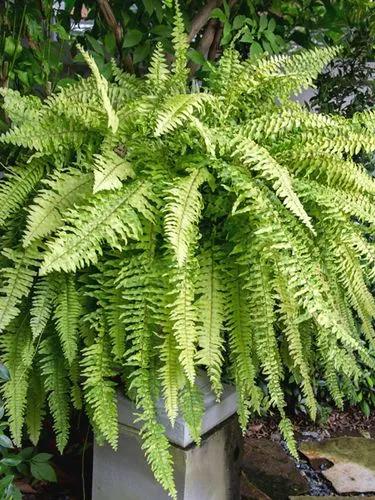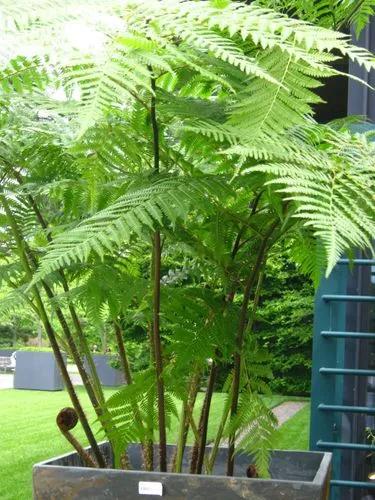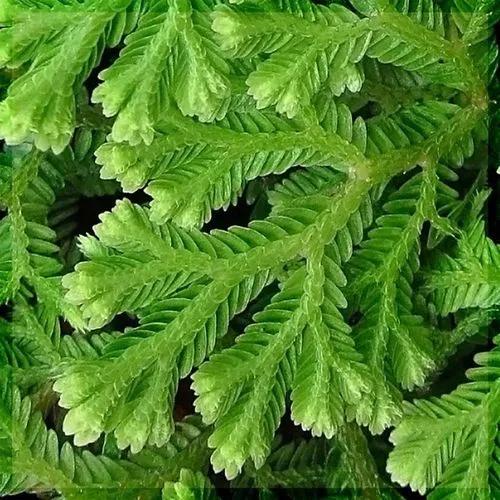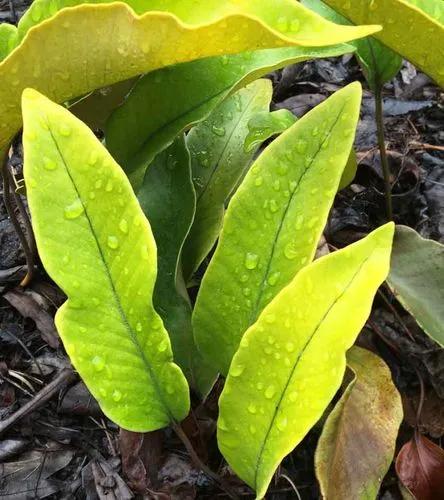Rhizome: erect, short, branching, scales clathrate, dark brown to black, to 4 mm. Frond: 18 cm high by 1.2 cm wide, evergreen, somewhat dimorphic, fertile fronds stiff, erect, sterile prostrate, only to 10 cm, blade/stipe ratio: 1:1 to 6:1. Stipe: reddish brown at base, green distally, lustrous, dark reddish brown to black, narrowly triangular scales grading into glandular hairs, vascular bundles: 2 C-shaped, back to back, uniting to 1 upwards in an X-shape. Blade: 1-pinnate, linear, widest above the middle, tapering to either end, thin, pale green, glabrous or with sparse minute hairs. Pinnae: 6 to 21 pair, rhombic or ovate, apex rounded to acute, sometimes toothed, subopposite; costae indistinct; margins crenate or entire; veins free, forked. Sori: linear, 1.5 mm, 1-2 pairs per pinna, paired across the midrib, indusium: white or translucent, thin, entire, often deciduous, on one side of the sorus, sporangia: brown, maturity: midsummer to late fall. Dimensionality: pinnae tilted forward in lower part of blade.
Green Spleenwort Care
Asplenium Viride



What is the plant
How to Care for the Plant

Water

Water especially the first weeks, every other day. Then the first summer in case of drought water them twice a week. In pots, water weekly when you notice that the substrate is dry and shrinks. If it still seems very wet on contact, wait a little bit more between the watering.

Pruning

Remove the damaged leaves at the end of winter.

Sunlight

They support all exposures, but they may become a little dry in summer in full sun.
Ease your plant care routine with PlantIn's personalized system.

Soil

Asplenium trichomanes like a fresh and well-drained soil: they are rocky perennials

Popularity

1,334 people already have this plant 102 people have added this plant to their wishlists
What's wrong with your plant?
Related Plants
Discover more plants with the list below
Popular articles






